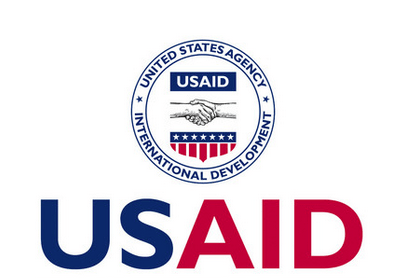USAID presents research findings on innovations for teaching Ghanaian Languages
 A Language Mapping Study conducted in 100 districts across the country by the Partnership for Education of the United States Agency for International Development has been presented in Accra.
A Language Mapping Study conducted in 100 districts across the country by the Partnership for Education of the United States Agency for International Development has been presented in Accra.
The study which was conducted in collaboration with the College of Languages Education, Ajumako, of the University of Education, Winneba, in schools of the selected districts, where an in-depth socio-linguistic context analysis were provided for the implementation of the 2016 draft policy in education, which designates a Ghanaian language of Instruction to each school.
It examined the extent to which the designation of the Ghanaian language of Instruction reflected the language environment of Ghanaian schools, as demonstrated by the languages spoken by pupils, teachers and used in teaching and learning materials.
Dr Julia Frasier, a member of the research team, said the presentation was to understand from the Ministry of Education (MOE), how they hoped to use the findings of the study to inform future dissemination plans, platforms and strategies.
Dr Andrew Epstein in a presentation on Early Grade Reading Impact Evaluation revealed that the evaluation measured the extent to which the USAID partnership for education programme improves Primary one and Primary two reading skills.
She said the programme generated vigorous evidence and novel research on the effectiveness of a structured pedagogy model which can improve the ability of the MOE and the Ghana Education Service to implement its language of instruction policy.
“It will contribute to the growing body of global evidence on phonetics- based approaches to literacy acquisition and reading fluency”.
Dr Epstein said the evaluating system used a quasi-experimental approach through which a viable counterfactual group was constructed using advanced statistical matching.
She said the ERG programme impact evaluation comprises a sample of 470 schools in over 143 districts across the country, including 9,400 pupils 940 teachers.
Source: GNA

Hi. This is great to hear. Where can we have a read of this study? I mean where is it available to sociolinguists and educationists in Sub-Saharan Africa, and other Africanist researchers in Europe. Thanks.